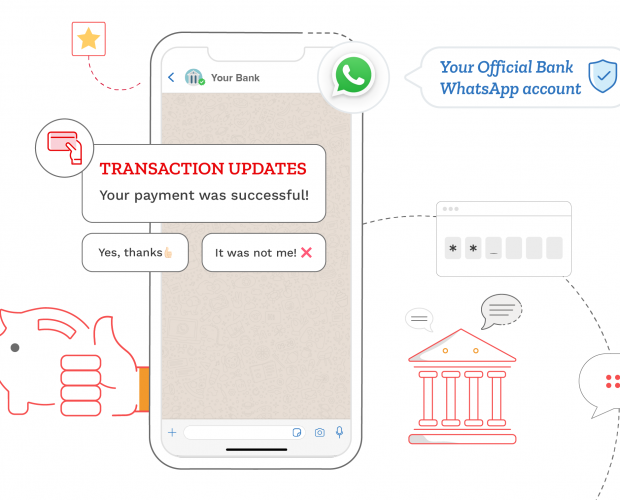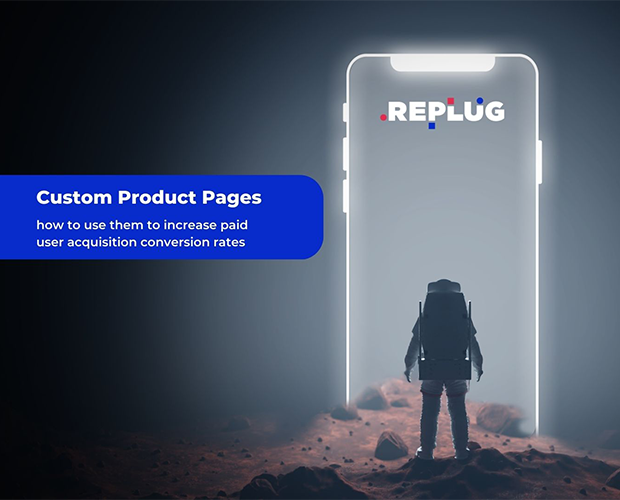John Orlando, Chief Marketing Officer at mobile applications and infrastructure provider NMS Communications, urges all those looking to Mobile TV as the next best thing to think carefully about their product and service offerings
As technophiles circle their digital wagons around Mobile TV, operators, content providers and technology partners are forgetting one critical question: How much video can a consumer really take on a one-inch screen? If Mobile TV is the messiah of ARPU, then how exactly should operators offer content that is usable, compelling and appropriate? If we zoom out from the Mobile TV huddle, it appears the only sure-fire ARPU booster will be to offer snippets of video as part of a larger mosaic of highly targeted and customisable opt-in services.
Operators have a number of choices in delivering mobile video to subscribers, from downloadable clips, to live streaming television, to peer-to-peer applications such as push-to-video and video messaging. While it appears there is a small market for streaming content, the one-size-fits-all approach will prove less compelling over time. After all, for approximately 15 per month, consumers ultimately will want more flexibility in programming and length. Furthermore, networks are currently optimised for peer-to-peer communication, so it stands to reason that operators should court their subscribers' appetites for video sharing. However, focusing too closely on mobile television ignores the basic lifestyle and usage premises that underlie core handset technology.
A question of time
For example, the market has proven that there is relatively little need
for full Internet browsing capabilities on mobile phones. This has as much to do with time, as it does with limitations in keypad and screen size. If a
mobile phone is the only piece of technology a consumer has access to,
there is a good chance that the consumer is on the move, between home
and office, for example, or running around the shopping mall. Consumers don't need to browse aimlessly on the Internet when they're
on their daily commutes or on their lunch breaks; they need vital
information delivered to them, only when there are critical updates,
such as stock quotes, weather and traffic changes, and new e-mail
messages. Attention span at such times is necessarily short, so why
should operators expect a consumer to download and watch the latest
episode of a popular TV programme on the way to their child's cello
recital? Even with new technologies such as DVB-H (Digital Video
Broadcast: Handheld), an inch of screen would be hard pressed to
deliver the enriched video experience that gadget gurus are used to.
More likely, a consumer will need to do a number of things during the
five minutes between, say, pulling into the pick-up line at school and
loading the whipper-snappers into the car. For example, they might
check voicemail, send a text message, check office e-mail and still
have time for a snippet of a Mobile TV programme - if they're lucky.
That said, highly targeted content in compressed quantity stands the
greatest chance of actually attracting and continually monetising a
user. Rather than forcing long and standardised videos down consumers'
collective gullet, its the operators that allow users to create their
own content environments who can reasonably expect ARPU to increase.
User groups have demonstrated that mobile subscribers have an average
attention span of just 90 seconds. That's hardly enough time for a
commercial break (and let's not even get started on how users will
react when operators start dropping ads into their video!). If we look
at how to adapt mobile video to this type of audience, a number of
plausible content offerings emerge. For example, small clips followed
by some kind of user interaction could be compelling to subscribers.
Deliver 'Lost' mobisodes and let fans determine which characters'
background they want to explore. Or license
exclusive 'American Idol' or 'X factor' footage and have fans vote, based on
performances. If there's anything TiVo (in the US) and Sky Plus (in the UK) and TV-to-DVD have taught us,
it's that consumers want as much control over their content as
possible. It's not just about picking the best time to watch; it's
about managing content delivery, managing emotional response to the
content, and fully participating in shared cultural impact, at the
water cooler, for example. As it stands, and for a precious few months going
forward, operators have a unique opportunity to pierce needle-sharp
under the market's skin and suffuse consumers' lifelines with the video
they want and in doses they can handle.
Competitive threats
Operators should also consider the potential threat that other mobile
video technologies pose over mobile phones. For example, video over
iPod has the advantage of a much larger screen size over the average
mobile phone. iPods also support an exceptionally dynamic sound
experience. We are also in the advent of the Slingbox, which poses
perhaps the single greatest threat to downloadable video. As soon as
consumers can access their home digital video content from the road,
they will have little use for long and/or streaming video content from
their cellular service providers. There may be several ways around
this, but all roads point to compressed programming, and the oracle
says: Deliver it now."
In fact, perhaps operators should allow users
to command their TiVo control centres from their handsets, an arguably
indispensable tool to use from afield. As soon as operators see video
as a piece of the content-management puzzle, rather than as the one
thing to rescue sagging ARPU, they will have a better chance of
increasing revenue and reducing churn. The question becomes: What, at
10-15 per month, do consumers want? And who are those consumers in the
first place?
Let's take a moment to speculate. The folks who won't mind paying the
extra monthly fees are probably teenagers and consumers who probably
spend a fair amount of time on the road. In fact, these particular
subscribers probably don't pay a whole lot of attention to their phone
bills in the first place and would be hard-pressed to find any
particular call on their 87-page statement. Let's also take a second to
look at the specific advantages of the mobile phone format. It goes
everywhere you go; it's personal; it's private. Get the picture? With a
range of content to suit the desires of a more discriminating
clientele, operators increase their chances of delivering exactly the
programming consumers will return to, and with gusto.
Combining short bursts of video with data, music, voice, ringback and a
host of other services, all accessible within a button's push, is by
far the best way for operators to wield the Mobile TV market in their
favour. By intuiting users' habits based on current market data and
common sense, operators have little to worry about when it comes to
driving ARPU. Several technology providers stand at the ready to power
these new offerings. If the "give-it-to-me-now" experience propels the
mobile universe, then the operators' answer should be: "By all means, and
give it to them good."
What do you make of John Orlando's viewpoint? Add a comment and join in the debate.







